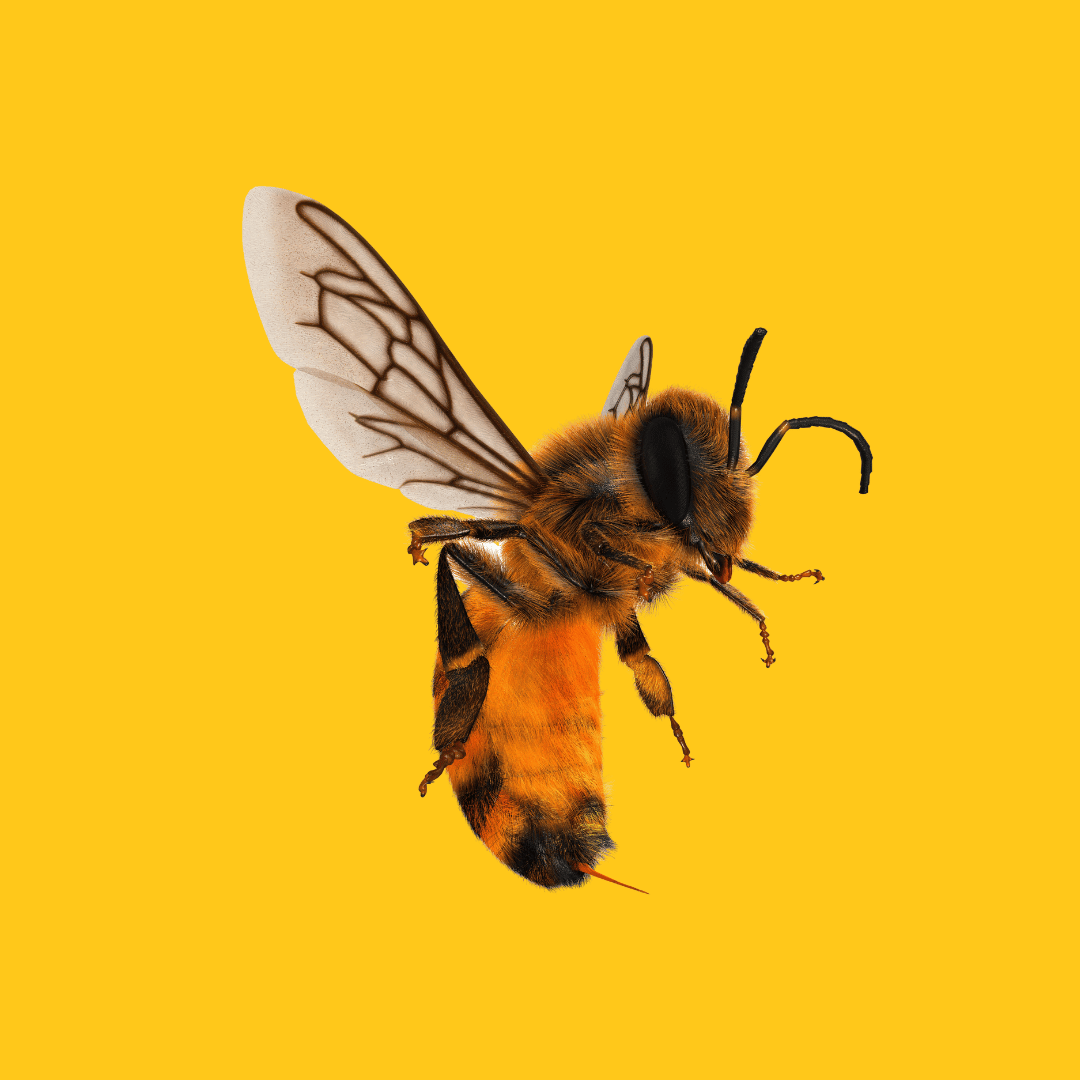
Embracing Open Innovation: Shifting Landscape and Trends in Business, Government and International Development
Emerging Innovation Agents, Collaborative Networks, and Startup Growth Environments
Today’s landscape has shifted towards open models of innovation and knowledge development; the reality is that traditional silos have given way to networked, collaborative approaches that bolster innovation. This paradigm shift, which has been in motion for years, consistently demonstrates that good ideas and groundbreaking innovations can originate from anywhere and are not confined within the walls of heavily-resourced, IP-restrictive organizations.
The innovation ecosystem is akin to a dynamic animal kingdom, where each entity, much like a distinct species, plays a vital role in maintaining balance. Like apex predators, venture capitalists fuel the cycle, while incubators nurture fledglings akin to protective mothers. Governments and education bodies shape the environment subtly yet critically, much like bees or dolphins, while international agencies, like rescue dogs, provide critical support in challenging terrains. Together, they form a value chain, each contributing to the thriving innovation ecosystem.
Open innovation thrives on the concept of idea diversity and a non-structured order to derive innovation, mirroring a bustling ecosystem teeming with diverse species. It embraces the participation of a wide range of stakeholders, fostering a rich tapestry of perspectives, knowledge, and ideas. The process of how these ideas arise is not what open innovation focuses on but how to channel them toward the potential for breakthroughs and novel solutions. On the business front, it has become clear that no firm is insulated from the threat of disruption. Disruptors often manifest as tech-savvy startups, groundbreaking digital technologies, or small interconnected teams collaborating towards a common goal without any formal organizational structure or incorporation. Despite their substantial resources, established tech giants such as Microsoft and Google find themselves racing against smaller, nimble organizations like OpenAI, which, despite its relative size, has managed to carve out a leadership position in the AI domain. At the same time, OpenAI and these tech giants face competition from the global open-source community.
The open innovation landscape is experiencing significant trends in terms of diversity and participation. The entry of new players has led to a surge in involvement from diverse entrepreneurial ecosystems. These initiatives are increasingly customized to address industry-specific challenges while fostering targeted collaborations.
Venture Capital (VC) Firms are like Lions in the startup ecosystem. They are powerful, strategic, and influential, playing a pivotal role in propelling promising ventures to achieve their full potential. Just as lions dominate their environment, venture capital firms have the power to make or break startups through their investments. Lions hunt in sprints, using short bursts of tremendous energy to secure their prey. Similarly, VCs finance in sprints, applying significant resources in a concentrated manner to elevate startups on the strength of their funding. Like lions hunting in groups, VCs also fund in consortiums, pooling their resources together to amass substantial amounts for significant investments. Moreover, they cast a wide net like a lion sizing up a herd. If a lion goes after 100 buffalos, it's bound to get one, mirroring VCs funding hundreds of startups in pursuit of that one unicorn.
Startup incubators are tried and tested and arguably the originator of many other models that embrace open innovation, particularly regarding open calls. Startup incubators and accelerators offer a comprehensive platform for startups to grow by providing them mentorship, resources, and sometimes capital. They employ a competitive application process to identify and select high-potential startups with innovative ideas. These selected startups then undergo an intensive program designed to accelerate their growth and prepare them for investment and scaling. A notable example of this model is Y Combinator (YC), one of the most successful startup incubators globally. Known for its open calls for startups twice a year. Akin to a mother kangaroo, they provide a protective "pouch" or space for startups to grow and mature. They nurture these fledgling companies, bestowing them the resources, mentorship, and support they require to expand and eventually stand on their own two feet.
Large firms often invite internal and external ideas to solve business challenges and tap into global creativity. Fortune 500 firms increasingly recognize the value of internal and external ideas and perspectives. They regularly host innovation challenges or 'calls'’ inviting either internal innovation or external startups and researchers to propose novel solutions to specific business challenges. These innovation calls allow them to tap into internal ideas often lost in internal procedures, strict product management hierarchies, sales pipelines’ priorities, and out-of-the-box global creativity and problem-solving capacities external to their organization. They can stimulate innovation and potentially lead to breakthroughs. Corporate Innovation Calls are often run by corporations that are heavyweights and leaders in their respective sectors, much like elephants are known for their exceptional strength and intelligence. Despite being leaders with substantial resources, they often struggle to adapt quickly to change and technological shifts, much like elephants, which aren't renowned for their speed.
Governments worldwide are also adopting open innovation practices, leveraging the collective intelligence of their citizens to improve public services and policy-making. Their initiatives foster a more collaborative, transparent, and efficient approach to governance. They sometimes connect government entities with startups, such as the Dubai Future Accelerators (DFA), which facilitates the dynamic collaboration between startups and the government to work on specific and relevant challenges. Such Initiatives are similar to bees, which are crucial in sustaining and nurturing an ecosystem but operate in a highly coordinated, structured manner, mirroring the organized structure of their governing bodies. Despite being sometimes one-dimensional, constrained by red tape, rigid structures, and stringent reporting systems that can stifle agility, they have a role in civic tech emergence.
Higher education has long been conducting team-based innovation contests, promoting collaboration across students and faculty; increasingly, they are evolving to formalize and expand their approaches by incorporating private sector involvement and cultivating a commercialization mindset. The aim is to foster a culture of open innovation and integrate product generation and user perspectives. Today, it is uncommon to find an educational institution that does not prioritize bridging the gap between academia and ‘startup culture’ and with industry, preparing students to be innovative, entrepreneurial, and capable of translating ideas into practical applications. Their initiatives foster intelligence, social structures, and the capacity for scientific and complex problem-solving, traits embodied by Dolphins. Much like dolphins that play a vital yet obscure role in maintaining an ecosystem, the importance of education and its role in developing entrepreneurial talent and innovative thinking is often undervalued and overlooked in the startup ecosystem.
Recognizing the agility, innovation, and fresh perspectives that startups bring, development agencies now host competitions and challenges specifically targeted toward startups. They invite startups to pitch their solutions for economic development and growth and pressing development issues, with the possibility of gaining financial support, mentorship, and the chance to implement their ideas on a larger scale. This trend demonstrates their recognition of the value of open innovation and their commitment to supporting and harnessing the potential of startups in the development sector. Like St. Bernard dogs known for their role in alpine rescue missions, international development agencies provide support and resources and often kickstart startups in regions fraught with financial and economic challenges. Their focus is to address and overcome developmental obstacles. While they might not be the most agile entities, their reliability and steadfast commitment make them an emerging and promising part of the startup ecosystem.
International development players engaging startups and embracing open innovation reflect a growing understanding that bottom-up approaches can contribute significantly to economic growth and challenge the traditional top-down strategies and formal country channels that often govern the provision of technical assistance or aid packages.
The digital era has profoundly reshaped the landscape of startup contests, calls, and competitions, with virtual platforms enabling a global reach that is now firmly established. Furthermore, the entry of providers offering innovation platforms for hire has accelerated the adoption of open innovation practices by addressing technological limitations. Development agencies have also made valuable contributions, emphasizing social impact and other local development agenda aspects. OHK has identified the best practices and strategic approaches that shape successful startup contests, calls, and competitions in light of these advancements.
Contact us to learn more about our innovation ecosystem services and our work on innovation management platforms.



















